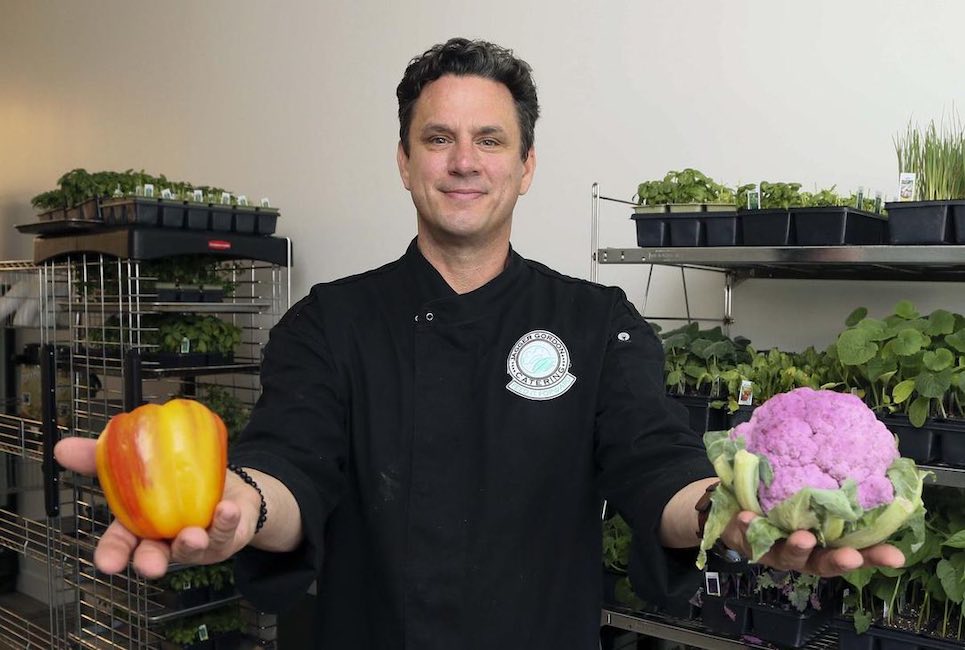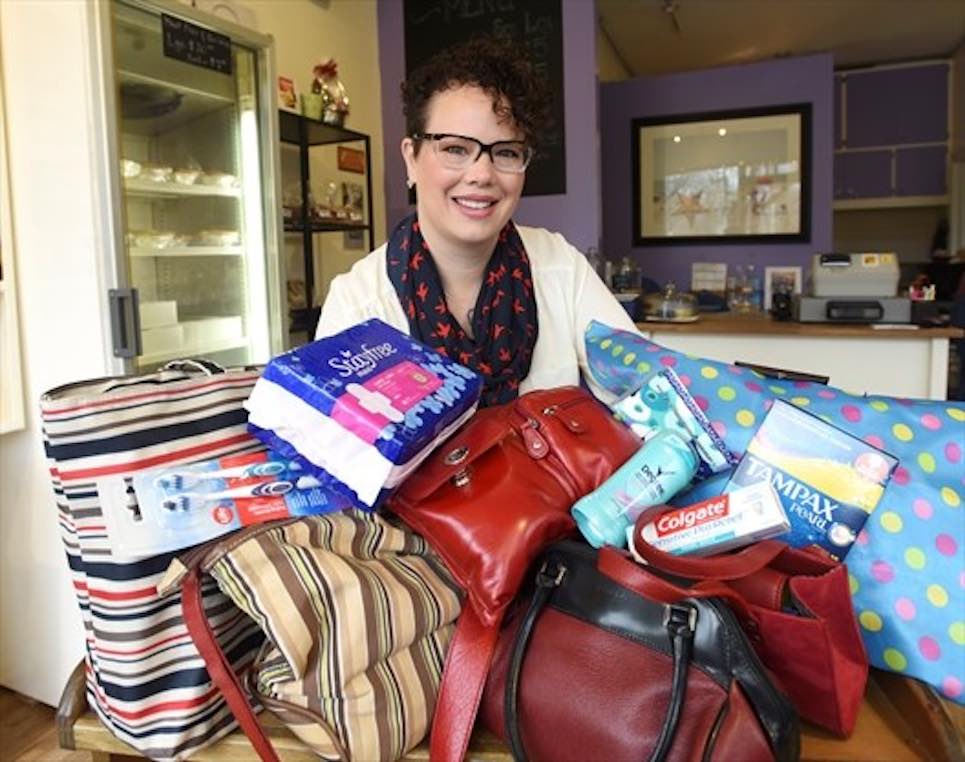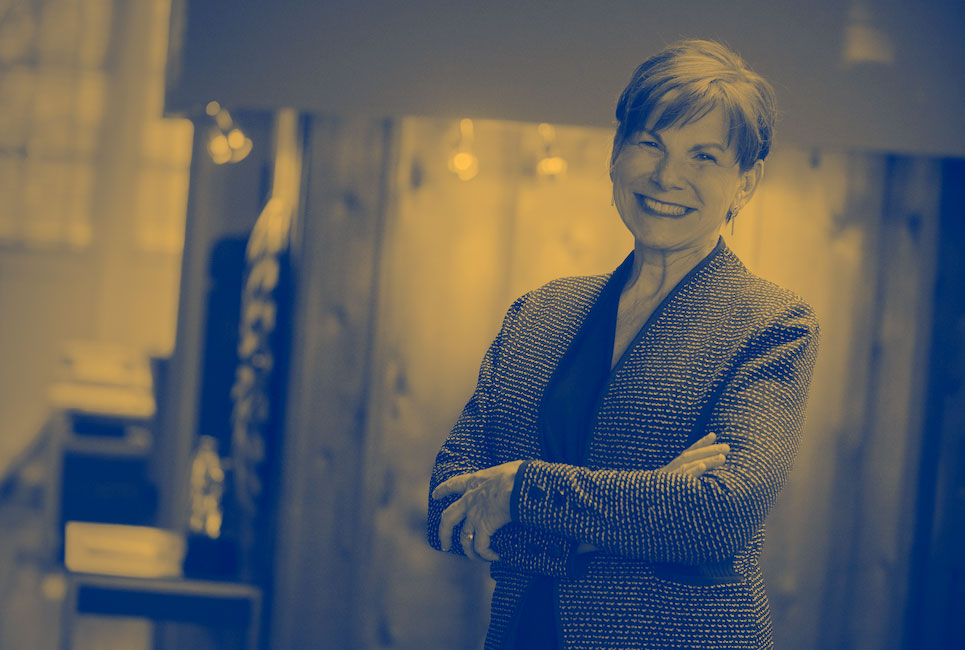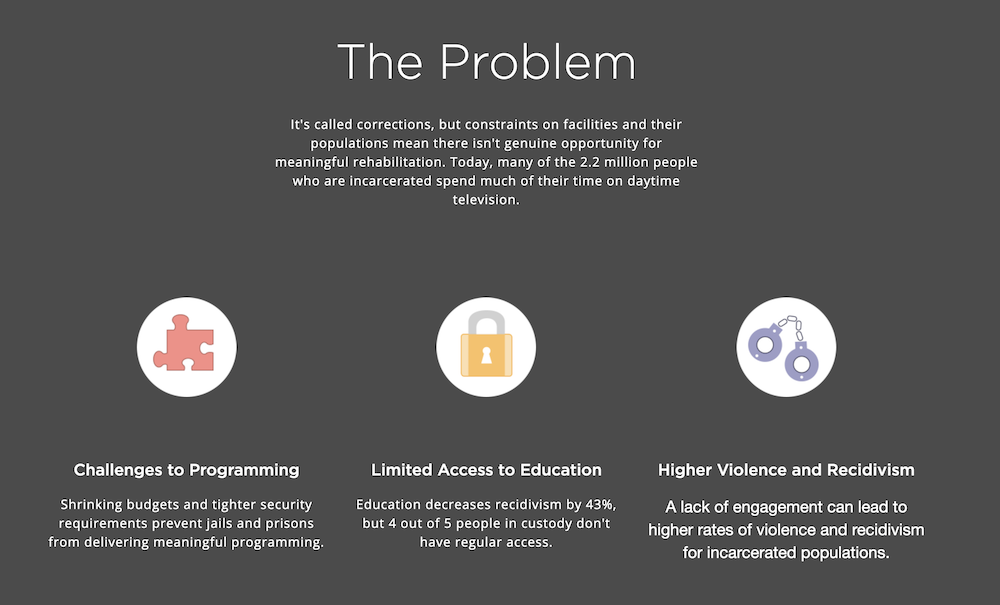This article was written by Tobias Roberts and was originally published in Change Creator Magazine.
People in business know the importance of branding. Besides setting you apart from competitors, a brand can also promote company recognition and represents the unique promise you bring to your customers. From traditional logos and symbols, to video-based outreach on social media, and even to the unique customer service you provide, branding certainly transcends most aspects of how businesses function.
Mona Amodeo, founder and president of the IDG group, believes that building a brand that matters should go beyond simply improving the profit margins of your company. Instead of employing and promoting your brand for short-term business visions and purposes, Mona believes that successful brand development can positively impact your customers, employees, the community where your business works, and the wider world.
Who is Mona Amodeo?
Mona has a Ph.D. in Organization Development and Change, and works with several companies and organizations promoting Branding from the Core®, a multi-disciplinary approach to strategic brand development. She also is involved in helping businesses to become more engaged with their local communities and develop sustainable business operations while making corporate social responsibility an elemental aspect of business identity.
After working as part of a team at the University of West Florida making documentary films to tell the stories of people around the world, Mona gradually transitioned into finding ways to help businesses tell their stories as well. “I became interested in the power of organizations to be a force in the world in a positive way,” says Mona. She wanted to help organizations matter more to the people who work for them, the communities they are in, and the wider world, and believed that brands had the unique ability to do just that.
The Changing Face of Branding
“Everybody has a different idea of what a brand is,” Mona clarifies. “For me, a brand is simply the associations people make when they hear the name (of a business), and the meaning that people associate with that.” In a sense, then, branding is the intentional process of creating meaning.
A couple decades ago, manufacturing processes all made similar products. The early pioneers in the industry of branding relied on psychology and the need to create an identity to convince customers that their products were different. The history of branding, then, is closely associated with discovering how to tap into that human need to belong and to identify with something.
Over the years, the underlying principles behind the beginnings of the process of branding remain very similar. However, how we use those principles and what people are looking to identify with, is shifting as our society changes.
“I believe that we can use this idea of wanting to belong and of wanting to be a part of something to engage people in a different way of living,” Mona states. She goes on to say that business should utilize the desire for people to belong “to connect people to things that matter to them and to things that will leave the world a little bit better.”
Changing Consumer Demand
Branding is usually seen from a marketing standpoint. We want people to recognize the product or service that our company offers in order to develop a loyal customer base. However, Mona believes that people today are less interested in the sometimes trifling product differentiation and much more eager to attach their loyalties to businesses that tap into their wider sense of identity and purpose.
“With products and services,” Mona admits, “there is such parity…and very little real difference.” Without undermining the importance of product quality, she believes that people want to follow and be a part of things that they identify with and that reflect positively on that identity.
Businesses that promote the ideas of purpose and responsibility (both environmentally and socially) not as an add-on corporate social responsibility gesture, but as foundational to who they are and how they operate, will be able to capture the growing consumer demand for businesses that offer products and services that reinforce who they area.
If 86 percent of Americans will support a brand that advocates for a cause they believe in, companies that don’t actively attempt to tap into their customer´s needs for identity and purpose, might be losing out on business.
The Process
Mona says that the first step in building a brand that matters to potential customers is through helping leadership teams at different businesses identify their values and discover what their story is. “Every organization has to answer these questions,” Mona believes. “Who are you and why should I care?” The answers to these questions help consumers discover who you are, what you believe in as a company, and what you can offer that sets your business apart.
From a branding perspective, the most important element is not just how we tell our stories, but what those stories actually are. The difference that we want to make in our communities and in the world is what people want to be a part of in today´s society.
By aligning your business plan with a branding strategy that taps into the need for identification and purpose, businesses can build a loyal customer following.
“Creating a tribe of people who want to be a part of your business because it represents something they believe in is essential,” Mona states. “Branding is the vehicle for building meaning and for connecting people (as your most valuable resource) to create your most valuable asset (your business´s reputation).”
Shifting Business Culture
The process of creating a brand that matters, both to employees, customers, and the wider world, begins with businesses and organizations that are willing to change their company culture. “I like to think of culture as the operating system of a company,” Mona says. “It is what holds everything together. If that operating system is not correct, then there is nothing that will hold the system together.”
Actively changing a business culture begins with what Mona calls an identity narrative, which is what the organization says to itself.
“It is important for leaders to understand that this identity narrative cannot be forced down on people, but is rather created through dialogue.”
Having people in your company critically reflecting on their values, how those values affect their behavior, and what sets them apart from their competitors has to live in the hearts of the people who are a part of the organization. This is what we call Digital Conversations™️ here at Change Creator.
“A brand story is a co-creation,” Mona recognizes. “It is what you say to the world and what the world says about you. You have to be clear about where you want to go…and then translate that story and create a performance culture that reflects that narrative.”
Convincing Versus Connecting
Whereas traditional branding focused on convincing consumers that your product or service was superior to those of your competitors, this new type of branding that Mona talks about is more focused on connecting on a deep level with a customer base that shares vision, purpose, and identity that your brand communicates.
The best way to connect with customers is through the authenticity of the story that you tell to the marketplace. “You create authenticity by engaging people inside your organization with this narrative,” Mona says, “and connecting them to this sense of purpose and why we´re all here.” She goes on to say that collective purpose creates a level of performance that cannot be forged, and this in turn creates genuine motivation for people in your company to be a part of what the brand is attempting to communicate.
“When you tap into the inner sense of people´s desire to do something that matters…to have an impact beyond the moment, that’s a whole different level,” Mona believes. “When you tap into that, when you present people with challenges, innovation arises.”
A Few Important Business Lessons from this New Concept of Branding
Branding has a tremendous power to create connections because it is focused on connecting with people´s innermost sense of self. Through engaging in the process of changing the culture and forging a brand that matters, a business can not only prosper but also make powerful differences in the world. Below are a few key business insights that arise from the challenge of taking your concept of branding beyond a hip company name or a colorful logo.
Consumer demand is changing due to the interconnectedness of our digital world. Now more than ever people are demanding that businesses act ethically, and people are much more willing to show loyalty to a company that shares a purpose and an identity that they can connect with.
Branding is a vehicle to create a reputation. Instead of simply adding corporate social responsibility as an add-on, making it a foundational aspect of your business culture will allow your authenticity to shine through so that customers can connect with who you are and what your business stands for.
Creating a brand that matters and that is authentic begins with fundamentally changing company culture. This cannot be a top-down process, but rather has to be forged from internal dialogues that engage people who belong to the organization.
Creating a brand that matters is more about connecting with people who interact with your business than convincing them to purchase what you have to offer. From an employee standpoint, connections on a deep level allow innovation to arise. From a customer perspective, connections allow them to allow your company to forge a part of their identity.
Listen to our full interview with Mona here…
You might want to also check out…
 As a chef and caterer, Chef Gordon witnessed first-hand the copious amount of food going to waste at the end of every day. In 2014, he founded Feed It Forward (FIF) and made it his mission to eliminate food waste while making a difference in the lives of Canadians who do not have access to nutritious food and regular balanced meals.
As a chef and caterer, Chef Gordon witnessed first-hand the copious amount of food going to waste at the end of every day. In 2014, he founded Feed It Forward (FIF) and made it his mission to eliminate food waste while making a difference in the lives of Canadians who do not have access to nutritious food and regular balanced meals. After encountering a person experiencing homelessness while driving, but without anything to give, Jana began questioning what this individual would do during menstruation. Curious, concerned and committed, Jana was compelled to fill one purse with feminine hygiene products to give should she meet someone in need in the future.
After encountering a person experiencing homelessness while driving, but without anything to give, Jana began questioning what this individual would do during menstruation. Curious, concerned and committed, Jana was compelled to fill one purse with feminine hygiene products to give should she meet someone in need in the future. After an open call for nominations all across Canada, it is these three exceptional change makers who have been selected for TOMS Stand for Tomorrow campaign. The Kickback & Co., Feed It Forward, and The Period Purse will all be at the Buy Good. Feel Good. Expo’s opening reception main stage on April 12th to share their inspirational stories. From youth empowerment to eliminating food waste and addressing food insecurity to menstrual health for the homeless, these changemakers are making a deeply positive impact in Toronto and beyond!
After an open call for nominations all across Canada, it is these three exceptional change makers who have been selected for TOMS Stand for Tomorrow campaign. The Kickback & Co., Feed It Forward, and The Period Purse will all be at the Buy Good. Feel Good. Expo’s opening reception main stage on April 12th to share their inspirational stories. From youth empowerment to eliminating food waste and addressing food insecurity to menstrual health for the homeless, these changemakers are making a deeply positive impact in Toronto and beyond!
















